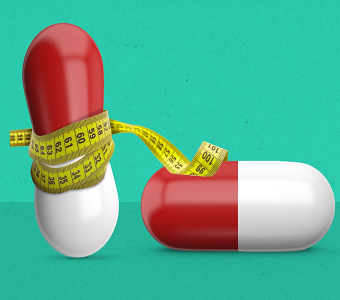Ampio Pharmaceuticals (AMPE) reported results from the botched STEP Study on Tuesday morning, spinning the failed trial of Ampion in osteoarthritis of the knee as positively as could be expected, suggesting the drug still worked in severe osteoarthritis patients. AMPE is down 40% from mid-August when the company first hinted at the study’s failure due to temperature fluctuations in the drug used in the study.
Two weeks ago Ampio announced a delay in the analysis of the STEP Study after discovering that both Ampion and the placebo were exposed to lower temperatures than permitted during shipment to the clinical trial site – of which there was one. The company outlined a plan to substitute data from an ongoing Multiple Injection Study of Ampion in a forthcoming FDA submission, which the company still expects in the first quarter of 2015.
There’s a simple lesson to be learned from this debacle: don’t invest in companies running critical phase 3 studies at a single trial site.
The STEP trial was being run at one site in Anaheim, California: the offices of Dr. Quang Vo. Though common in earlier studies (phase 1 or 2), running a registration trial intended to support a BLA filing at one center is simply unheard of and should have raised red flags for any potential investor. Additionally, and well-documented by the BuyersStrike! blog, the study site is situated just around the corner from Ampio’s hired Clinical Research Organization (CRO), Dream Team Clinical Research. Red flags aside, multiple trial sites would have at least mitigated the risk of temperature deviations that Ampio says skewed the trial results. It didn’t take much digging to make the connections, and the failure is a good lesson on due diligence for biotechnology investors.
Despite the miss, Ampio is talking up efficacy seen in patients with Kellgren-Lawrence grade IV (KL IV) osteoarthritis, the most severe patients enrolled in the study. According to the company, there was a significant interaction between osteoarthritis severity (measured by Kellgren-Lawrence grade) and treatment effect (interaction p < 0.001) despite the temperature variations.
STEP enrolled 538 patients, with 269 patients receiving Ampion and 269 patients receiving vehicle control. Ampio confirmed that 382 (72%) patients in the trial received medication that had fallen below the product specification temperature range; this includes placebo. Ampio reported that safety was examined in the safety dataset while efficacy was analyzed in the per-protocol (PP) population: patients meeting all entry criteria and with no major protocol deviations. There were 475 patients in the per-protocol population (242 receiving Ampion and 233 receiving saline).
Ampio says that efficacy trended towards significantly greater reductions in pain for KL IV patients following treatment with Ampion (-0.86) than those treated with saline vehicle control (0.66, p = 0.08) based on WOMAC A Pain scores at Week 20. We note that the study’s primary endpoint is WOMAC A at Week 12. The change in WOMAC C Function from baseline to Week 20 also trended towards an improvement in function following treatment with Ampion (-0.84), vs. saline (-0.64), p = 0.07. Further, Ampio says that KL IV patients with temperature excursions (134 patients) demonstrated significantly greater reductions in pain following treatment with Ampion™ (-0.85) compared to saline (-0.58), p = 0.04; also a significantly greater improvement in function (-0.87) compared to saline (-0.59), p = 0.03. Safety was not an issue in the study.
Ampio management is talking out of both sides of its mouth. The company says Ampion doesn’t work following temperature excursions, but it still worked in severe patients (KL IV). Which is it?




